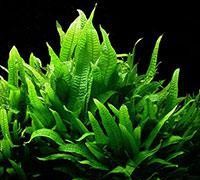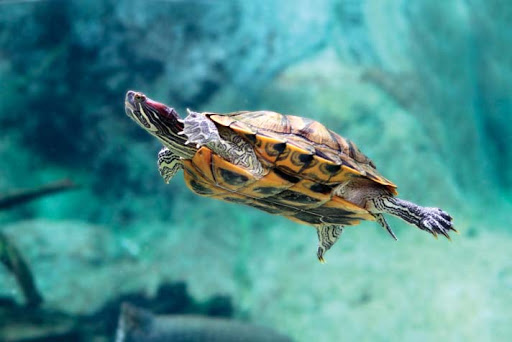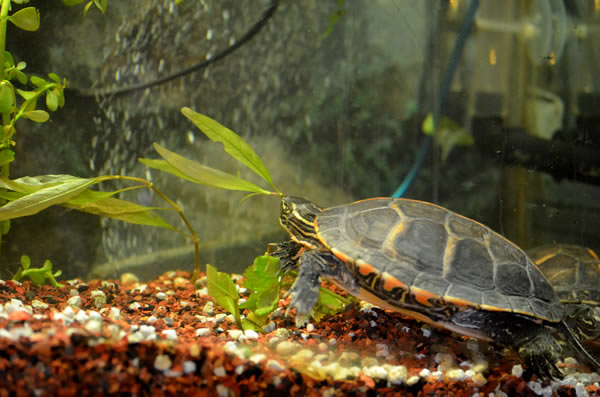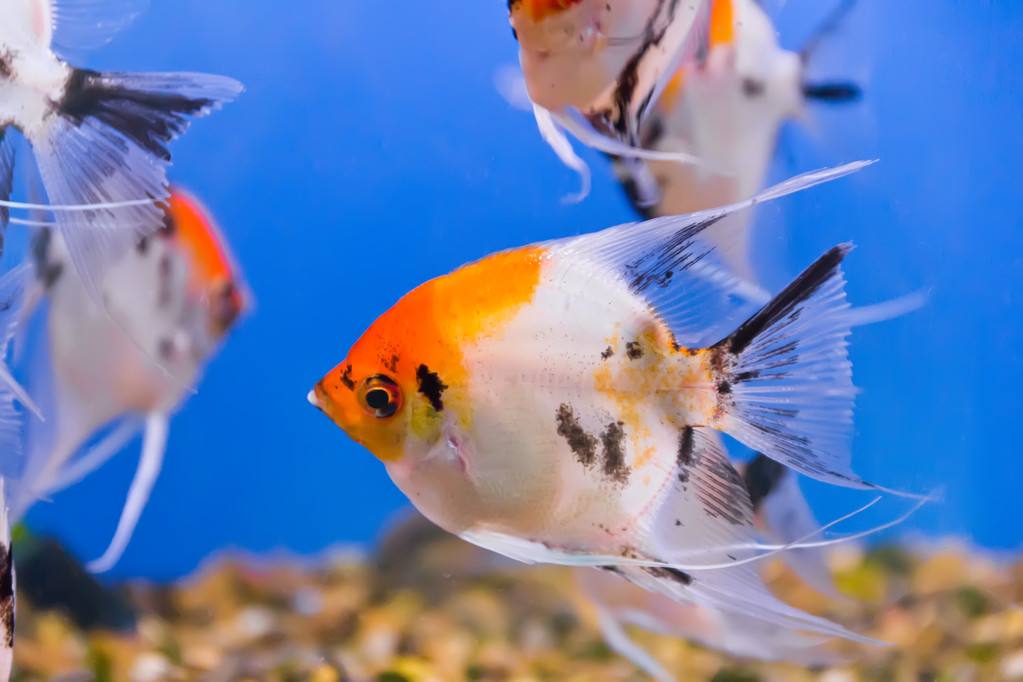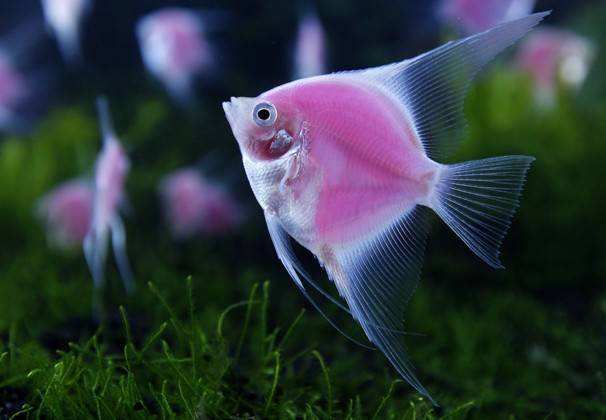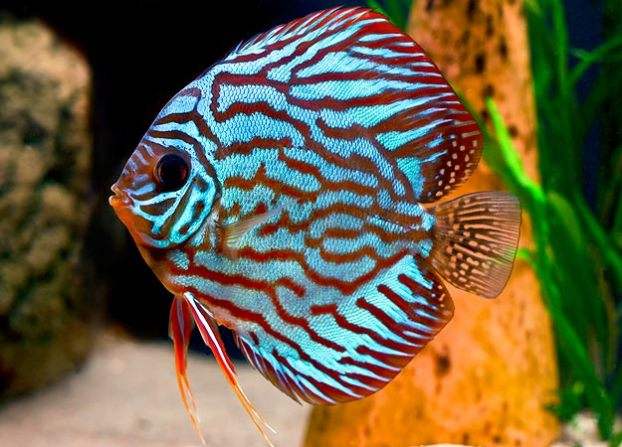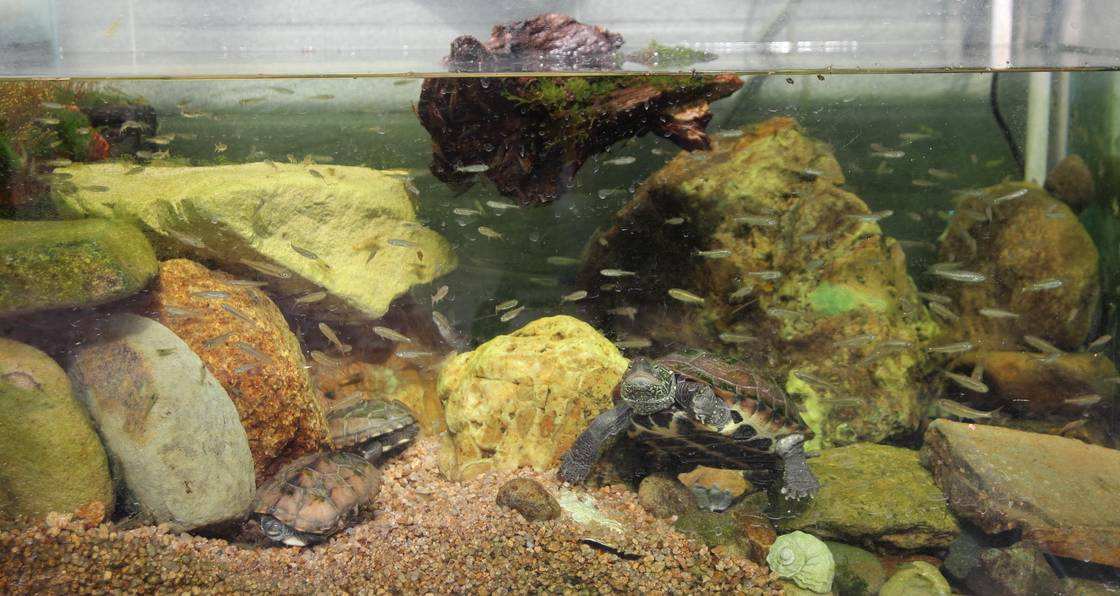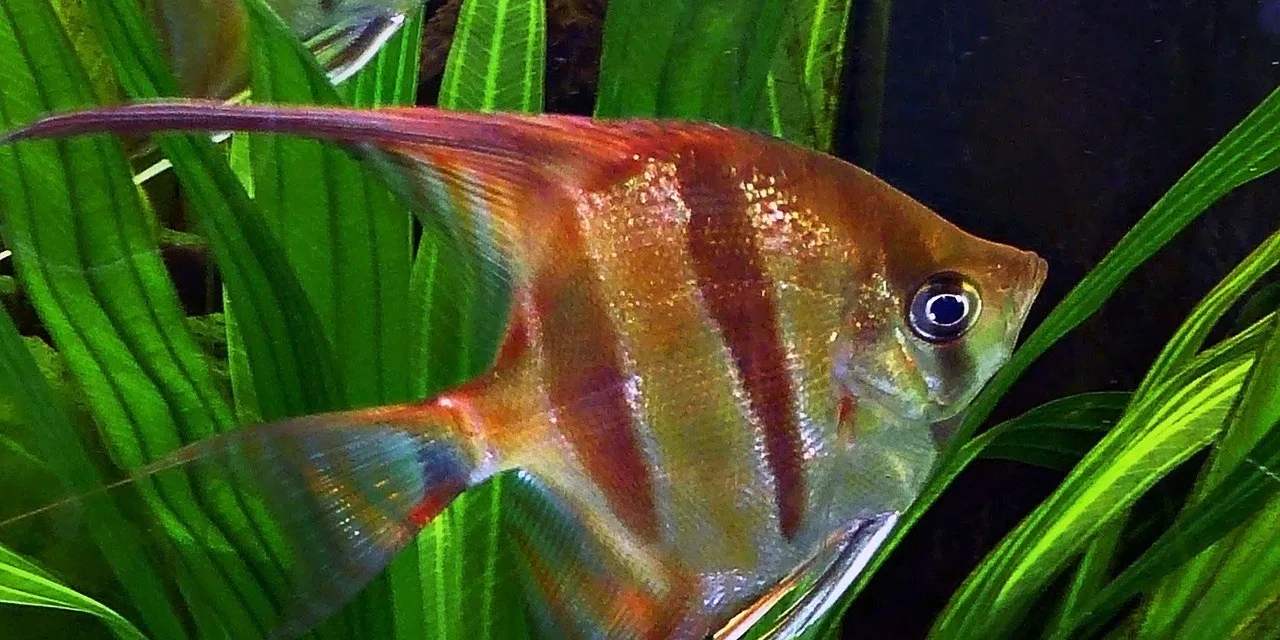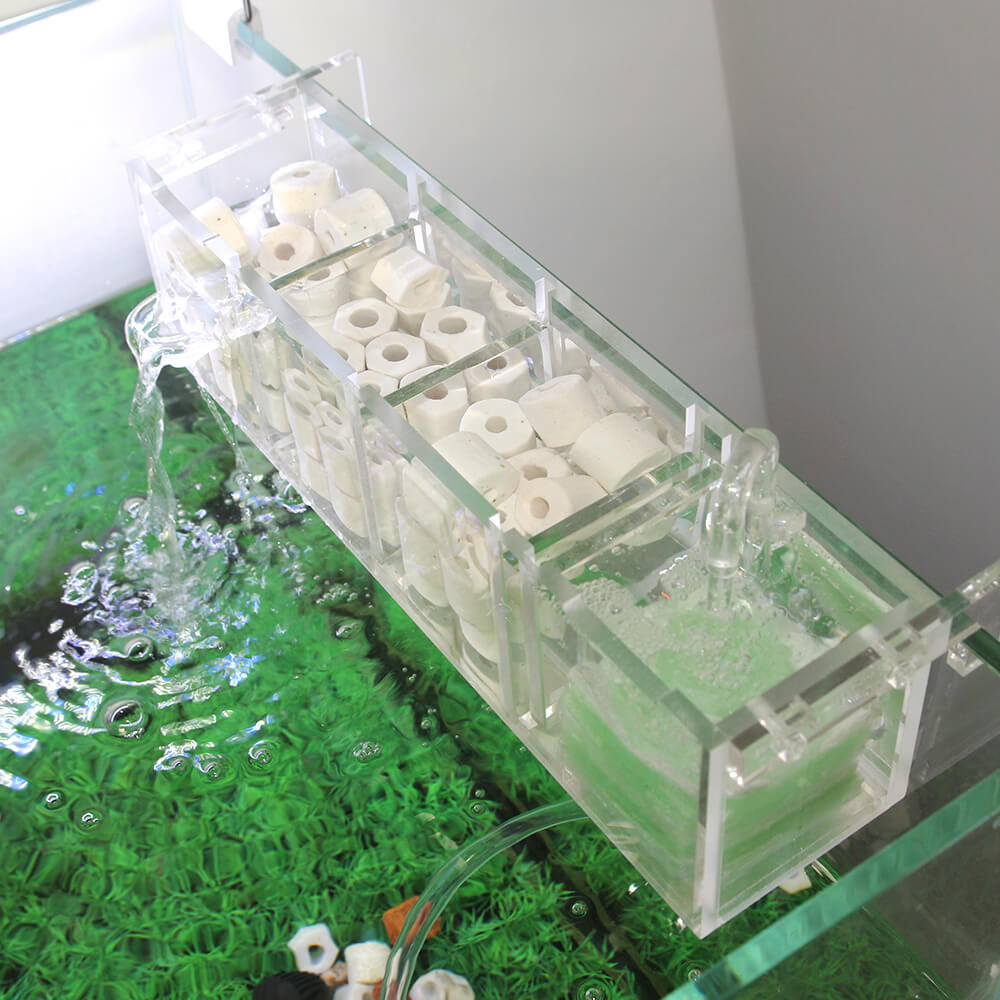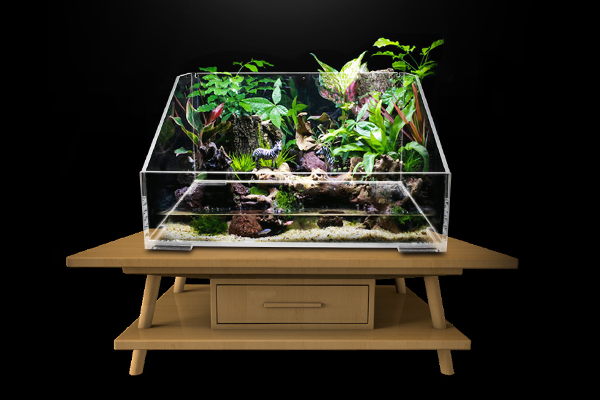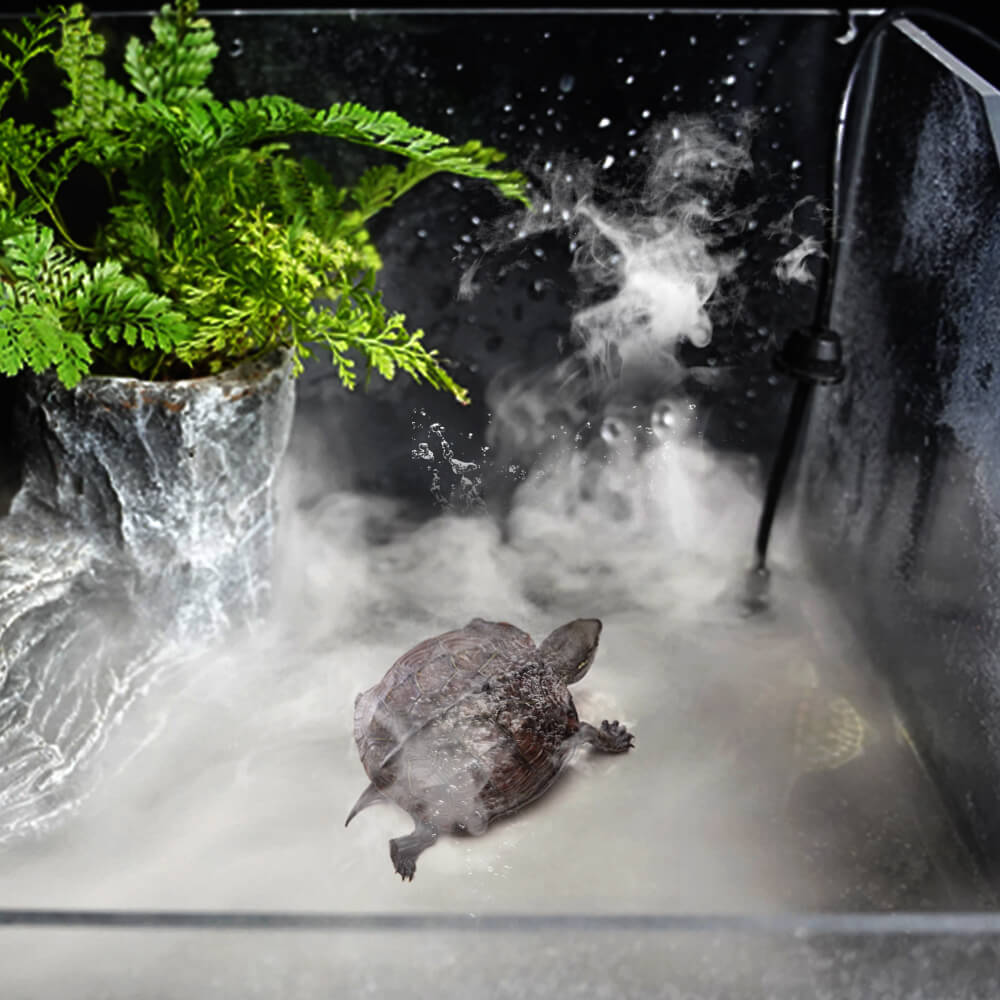For tropical fish enthusiasts, the fish tank is never enough. The new fish which they want to play with is always endless. However, due to the space in my home and my own energy, it is obviously unrealistic to add more new fish tanks. The size of the new fish is different, and some people hope that they can play with small fish or ornamental shrimp and large fish. Besides, the small fish need to be protected when the mother fish is born. The isolation box that can meet the needs of equipment is undoubtedly the best choice.
isolation box
There are a variety of fish breeding isolation box types on the market, each with advantages and disadvantages, you need to choose which one best suits your needs according to specific performance. Now let’s introduce several common isolation boxes on the market:
1. Frame structure, outer woven mesh isolation box
The most common isolation boxes are mainly divided into large and small sizes. Generally speaking, the small size is 16 × 14.5 × 15.5 cm, and the large one is 26 × 15 × 15.5 cm. It can be used after the external woven net and the suction cup is installed. There is a version with a lower leakage plate for small fish such as guppies.
Advantages:
1). The price is very low, it is almost the cheapest one of the common isolation boxes on the market, but it has a relatively large size and can feed larger fish;
2). The structure is convenient for self-transformation, and it can be transformed into a drip filter box and a barley bug breeding device after being discarded.
Disadvantages:
1. The water permeability of the woven mesh is poor, and it is easy to be blocked after a long time, resulting in impermeability.
2. Due to the soft woven net, the protection ability of the fish in the isolation box is not that good. If the fish with sharp teeth is kept in the main tank, this isolation box can hardly play a protective role.
3. Without a lid, some fish easily jump out, resulting in being attacked or eaten by the big fish in the main tank;
4. The built-in white suction cup is of poor quality. Although there are some suction cups (4 small and 6 large), they are still loose after a few days, and they need to be checked frequently during use;
5. Poor viewing, it is almost impossible to see the fish in the isolation box from the side.
Summary: Although this kind of isolation box is low in price, it has a large number of shortcomings that restrict its use. When installing the isolation box, it is recommended to install it in the corner of the fish tank. Even if the suction cup is loose, it can be caught by the glass of the corner of the tank for a moment, which is easy to find in time. But this kind of isolation box is not useless, it is a good tool for breeding barley worms.
senzeal breeding box
2. Integrated structure plastic isolation box
The same as the woven mesh isolation box, the integrated plastic isolation box is also the most common and cost-effective isolation box. Commonly, there are thin and tall models for breeding small fish (there are many sizes, of which the largest is about 16 × 18 × 9 cm, the most common is 10 × 13 × 7 cm) and the rectangular (there are many sizes, the common is about 22.5 × 9.5 × 9.5 cm). Compared with the woven mesh isolation box, the installation of this isolation box is very simple.
Advantages:
1. The price is low, which is comparable to the price of the woven mesh isolation box;
2. Simple and convenient installation;
3. There is a cover to prevent the fish from jumping out;
4. Compared with the woven mesh isolation box, it has good water permeability;
5. The box structure is hard and can play a good role in protecting fish;
6. Strong light transmission and good viewing.
Disadvantage:
The quality of the suction cup is not good. The thin and tall black suction cup for breeding small fish is slightly better, and the white suction cup of the isolated type is poorer in quality. Although this kind of isolation box advertises the “self-floating anti-sinking function”, it has a poor effect in practical use and has almost no effect.
Summary: As isolation boxes for small fish breeding, these integrated structure plastic isolation boxes are good, if possible, it is best to replace the suction cup. For holding large fish, the cubs will be too small, they can be used for long-term breeding of small and medium-sized ornamental crawfish and freshwater crabs.
Senzeal Aquarium, mainly provides sustainable and quality aquatic bio-equipment, aquarium accessories, aquarium decor, fish care. Such as best adjustable aquarium heater, best air pump for fish tank, best aquarium accessories and etc. More Discounts Information please subscribe or follow us Facebook and Youtube channel: Senzeal Aquarium.


